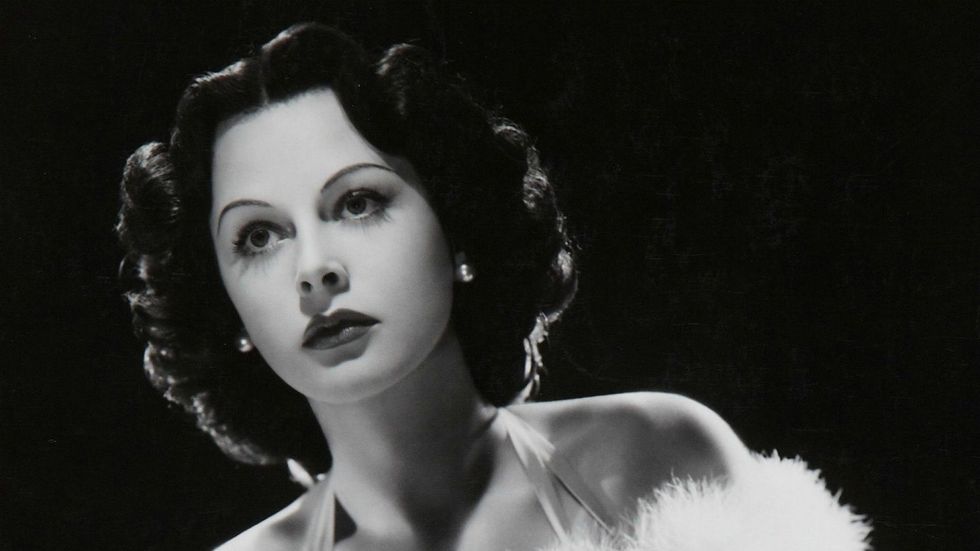Nostalgia. A longing for a time and place come and gone. A time and place where things seem to make sense after years of retrospection captured in museums and textbooks. Museums and textbooks who's images and words make things look and sound simple. A Simplicity framed and spoken with such eloquence, joy, and lament, that the perception of its beauty allows it to pass as a time and place far better than the one from which we stand and gaze back with awe.
Nostalgia. A longing that has endured in the canon of American Storytelling across eras, generations, and people present and long past. Across literature. Across Poetry. Song. But most prominently, in American Cinema. At the whispering echo of names Hedy Lamarr, Marilyn Monroe, Rita Hayworth -- movie icons who's last remaining echo into a present they have no part in our their voices, echoing on a silver screen glowing with a light shining upon it from behind the lone eye of a rolling camera -- one is left in wonder, even as he wonders: What if the past was better? Indeed, what if it truly was? Here are five reasons that might push you towards the preference of being pushed back in time:
1. The Big Five Studios
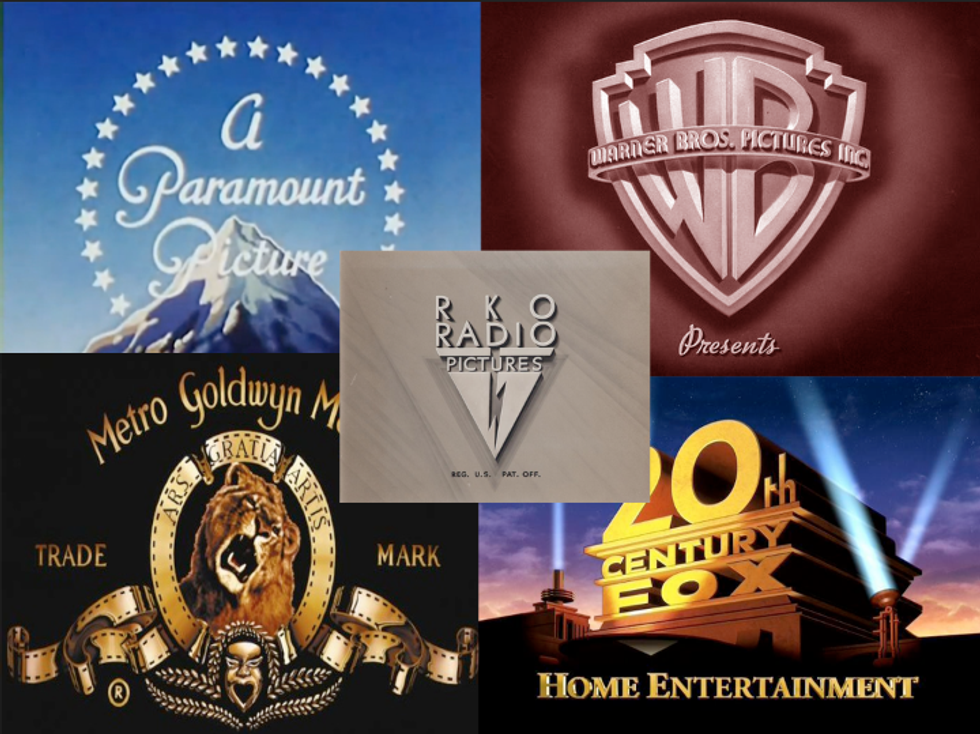
For nearly half a century, the MGM, Warner Bros., Parameount, RKO, and 20th Century possessed an ironcald monopoly over Hollywood
Pinteresthttps://i.pinimg.com/originals/10/44/9f/10449f71dfbfd52d988d444a73fb789b.png
Between 1917 and 1954, the Big Five Studios -- MGM, Warner Brothers, Paramount, RKO, and 20th Century Fox -- ruled over Hollywood beneath the clench of an iron-clad fist. From production and distribution of their movies to their exhibition in theater chains which the studios also owned. But the Big Five weren't just movie and star-making factories, they were also cities within themselves -- able to govern, feed, and sustain their own private populations. If an actress needed to buy groceries or a new dress, they had a department and convenient stores. If a director needed to see a doctor to get a attention for exhaustion or pneumonia, they had a medical ward. Though many critics chide the Big Five for their consistent abuse and over-extension of their power, being under contract, subject to one of these studios came with some necessities one might not have been able to find in the real world. Furthermore, such needs as necessary to survive could be obtained without intrusion from the public.
2. The publicity
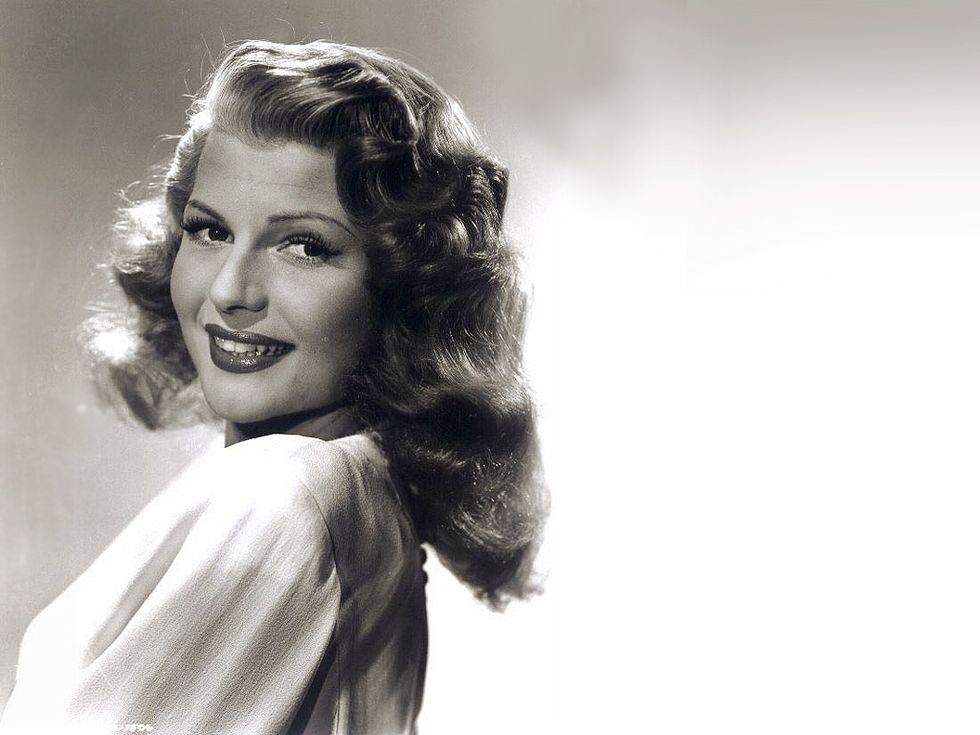
Actress Rita Hayworth, a popular pinup girl during the 1940s.
images-digital-art.blogspot.comhttp://images-digital-art.blogspot.com
Because Old Hollywood was a purely a star-driven system, an actor or actress's reputation was of paramount importance. One poor interview, or slight mishap with the law, and studios could find themselves faced with a tenfold decline in ticket sales. To prevent any mudslinging, or uncovering of buried skeletons on the part of Hedda Hopper and Louella Parsons, studios enacted their own countermeasures -- Publicity Departments. Departments that required all fan magazines, gossip columns, and newspapers to submit their questions in advance before sending a press agent to accompany the designated actor or actress to the interview. The studios also required that an initial draft of any entertainment publication be sent to them in advance. Before the piece could be published or circulated after receiving their approval.
This system helped safeguard countless careers until the late 1950s when a prominent Supreme Court Ruling demanded that studios divest themselves of their entire theater chains. In order to salvage what money they had left, studios began dumping contracts and gutting their publicity departments. Leaving vulnerable celebrities to fend for themselves.
3. The press
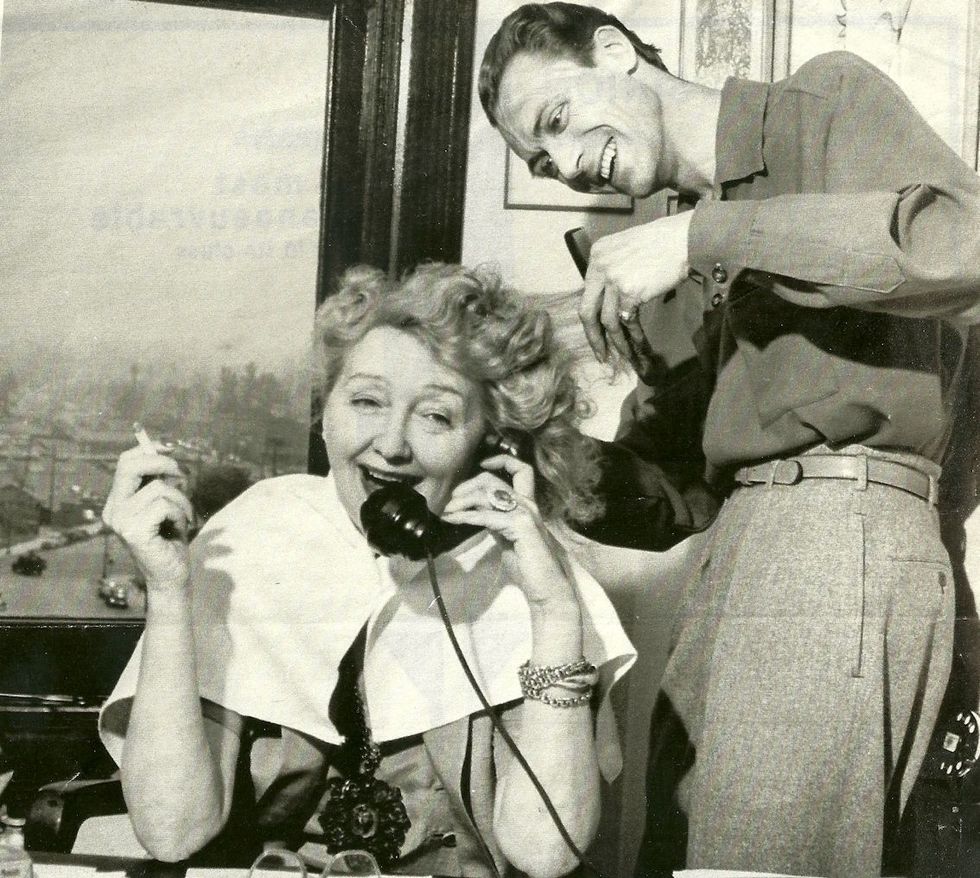
Hedda Hopper, one of the most feared gossip columnists in Old Hollywood
Pinteresthttps://i.pinimg.com/originals/6e/00/fb/6e00fb75ce2040996928341b827b857b.jpg
Going hand-in-hand with publicity, the relationship between journalists, gossip columnists, photographers, and Hollywood celebrities was once more refined, if not respectful. If a photographer wanted a cover photo for the front page, or a reporter wanted a quote, they would simply approach unobtrusively, and ask -- politely. And most of the time, whether it was Billy Wilder or Audrey Hepburn, he or she would happily oblige.
As hard as it is to believe this is how it was back then, its almost inconceivable today. Considering how TMZ, or any paparazzi in the employ of a tabloid, zealously, and ruthlessly, hunts down and pursues to the end of the world any major movie or television star they can get their hungry eyes on. Harboring little to no regard for individual privacy. In fact, privacy is hardly a word that exists in the media's vocabulary today.
4. The restaurants
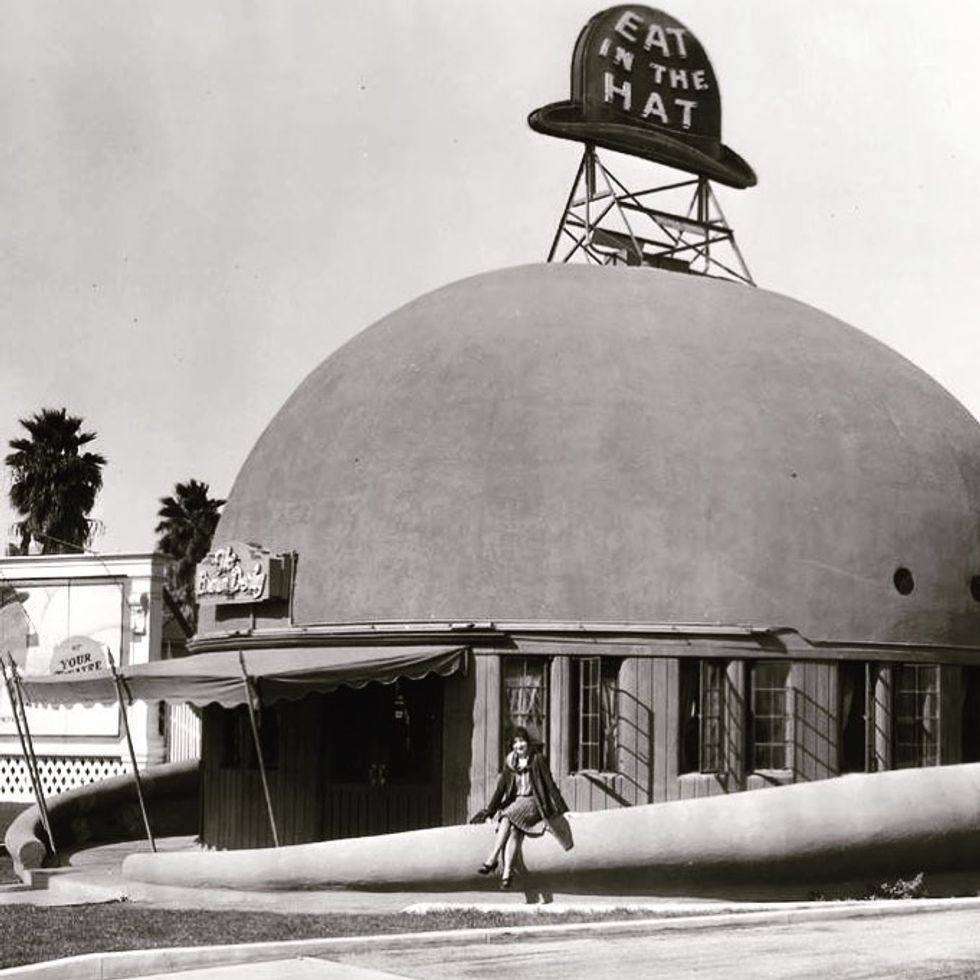
The Brown Derby, one of the main dining sights for various celebrities.
Instagramhttps://www.instagram.com/p/Bj-QgKFBisN/
Although the West Coast was hardly the place for fine dining during the silent era and the early stages of talkies, the restaurant scene exploded in the 1930s to the 1950s and didn't lose any momentum until the end of the Cold War. Among its lavish eateries was Musso & Frank, otherwise known as Musso's, on Hollywood Boulevard which becomes the unofficial headquarters for writers looking to make a living in Tinseltown. Its prominent guests included F. Scott Fitzgerald and William Faulkner.
But the true center of Hollywood life was the Brown Derby on Vine Street. Frequented by the likes of Katharine Hepburn, Joan Crawford, Clark Gable, and Gary Copper to name just a few of its patrons, it is also the birthplace of the Cobb Salad -- named after the restaurants maitre d' Bob Cobb. Along with serving an elite clientele, many restaurants of this time such as Chasen's implemented strict policies against reporters, photographers, and fans ecstatic beyond obsession -- allowing those cloaked beneath an aura of fame to satisfy his/her appetite like any regular person requiring three meals a day to survive.
5. The nightlife
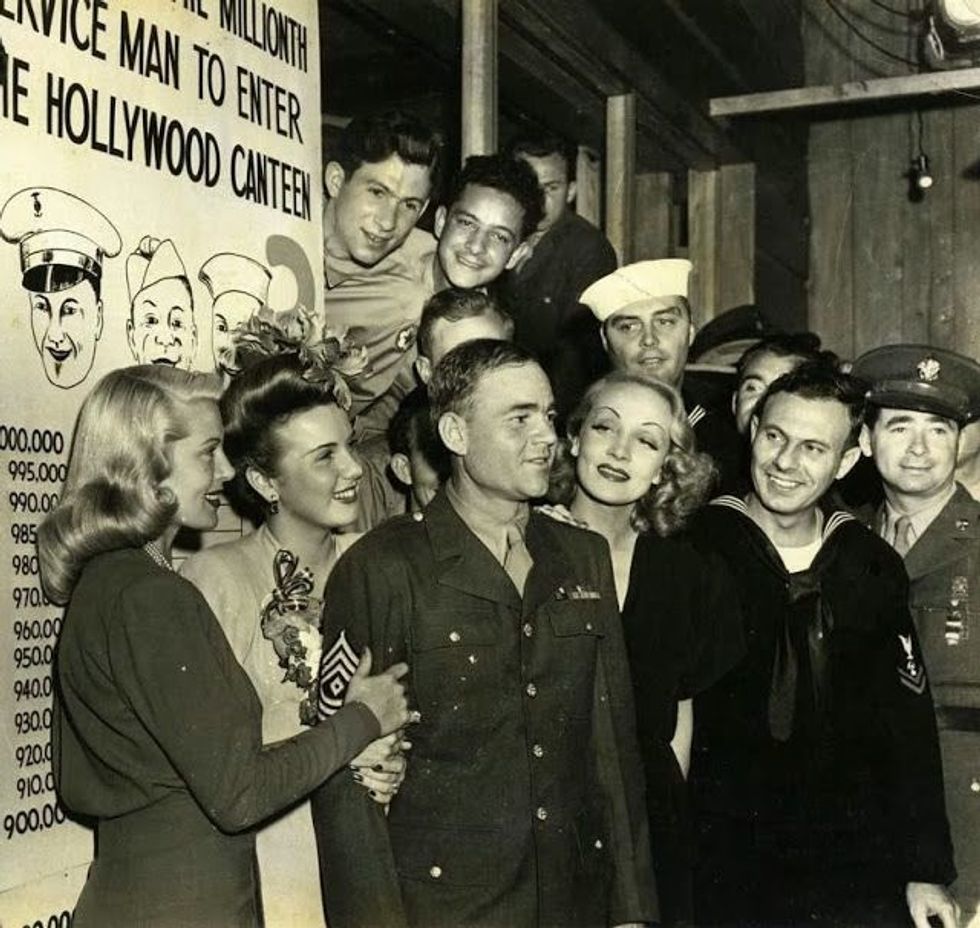
Actresses Lana Turner, Deanna Durbin, and Marlene Dietrich welcome off-duty American soldiers to the Hollywood Canteen
Pinteresthttps://i.pinimg.com/originals/fe/0e/2c/fe0e2c79c5e1dbb09bebec5cba52593a.jpg
As much as we like to recall the bygone Golden Age of Hollywood through the hysterically sparkling veil of golden champagne glowing as bright as the Hollywood sign at night, Tinseltown parties during this time were, in fact, fairly mild-mannered. And if you did show up inebriated, the host would typically show you out quietly as to not cause a row.
Nevertheless, the propriety of a more sober reserve didn't mean actors and actresses on their downtime didn't make it a swell time. They certainly did. Powering the bulk of Hollywood nightlife was Trocadero, nicknamed "The Troc", on Sunset Boulevard. Established after the repeal of Prohibition by media tycoon Billy Wilkerson, the founder of the famed "The Hollywood Reporter", it featured guests from Bing Crosby to Marlene Dietrich, to moguls in the form of Sam Goldwyn, Louis B. Mayer, and Joe Schenck. It is also credited for kicking off Hollywood's great period of off-screen glamour.
To add to the craze was The Hollywood Canteen, organized and run by Bette Davis and John Garfield during WWII. Admitting members of the U.S. Armed Forces free of charge, the Canteen was a place to hit up if you were an average willing to die for your country who fancied a dance with Rita Hayworth or Ginger Rogers or have Spencer Tracy carve up your turkey on Thanksgiving and Christmas. Sadly, like many of the restaurants and the stars of this era who frequented them, much of their memory has faded, unable to withstand the test of time.
Though we can imagine and speculate what once was, the past is a place and time we can never hold, experience, or live in again, even though what we live in feeds its very existence. No matter how nostalgic we get. Whether we can fully comprehend it or must imagine it where memory lacks, with us it remains. Calling. Echoing. Like the voices on the silver screen that once transfixed us to look back now reduced to a whisper.
- Hollywood's Hottest Actors Under 40 ›
- Vintage Beauty Secrets From Old Hollywood Stars ›
- 5 Old Hollywood Actresses You Should Get Reacquainted With In ... ›
- Old Hollywood Scandals Shocking Forgotten Actors ›
- The History of, "The Hollywood Canteen" ›
- 10 Dark Tales Of Depravity, Vice, And Abuse From Old Hollywood ... ›
- These Old Hollywood Photos Are All The Vintage Sundress ... ›
- 5 Horrifying Ways Old Hollywood Was A Living Hell | Cracked.com ›
- 13 Old Hollywood Hot Spots That Defined an Era | Vanity Fair ›

